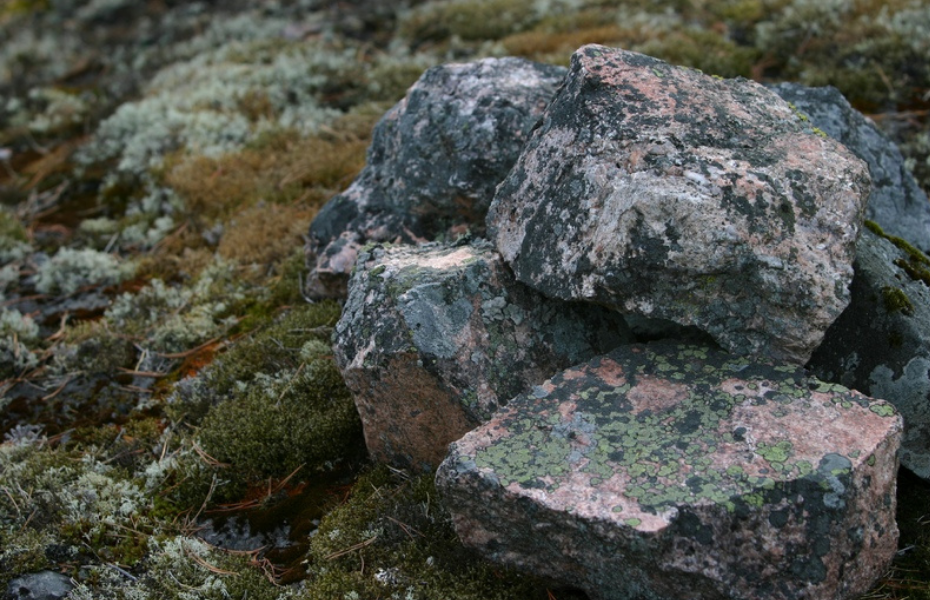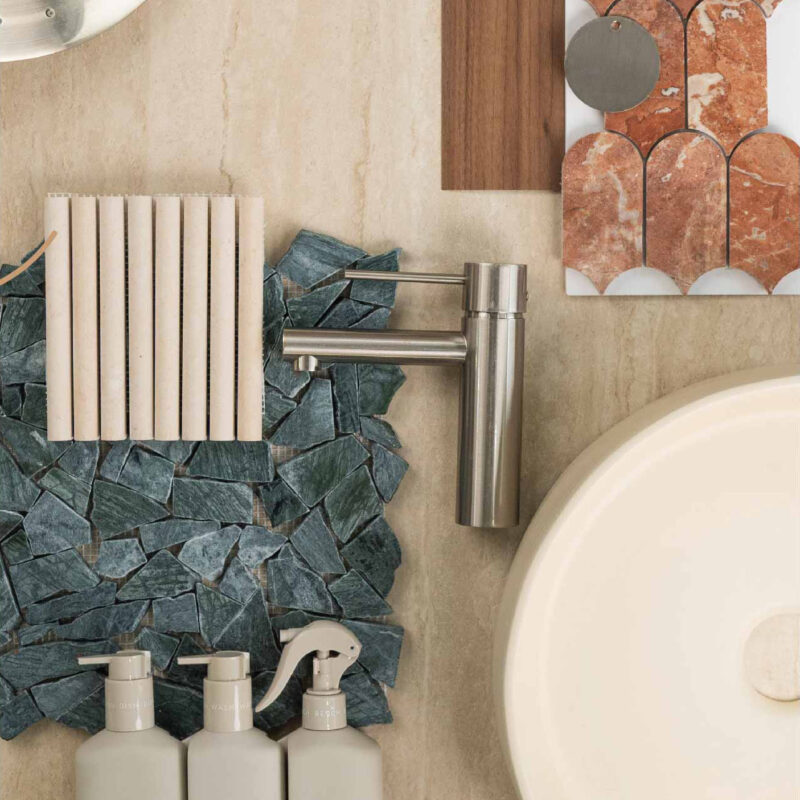
It’s quite an irony that natural items are usually more expensive than artificial ones when they can be freely gathered from anywhere around the world. Natural stones for home modeling tiles Rockdale are a good example for that. Seriously, you can simply gather stones anywhere. Why is it so expensive? Shouldn’t the artificial products where you need to do a lot of research, changes, and production cost be the more expensive ones? Natural products don’t need as much work and expenses… right? Well, let’s take a look on a natural stone’s journey from its natural habitat to your home and find out for ourselves, shall we?
The Location
Let’s start looking for a mountain to excavate from. If you try to observe, you won’t see people just picking up rocks around your neighborhood right? Natural stones actually come from mountains –mountains that are often away from the urbanity or cities. This mere fact would mean that excavators need huge, high-powered trucks for transferring the rocks from the mountain to their next destination. And transferring would also mean drivers, carriers, inventory guys, etc.
The Excavation
Now for the excavation; there are two common ways used to get rocks from these tough mountains: explosives and wires.
Explosives, or specifically black powder, are the traditional tools to get excavate rocks. They simply blast parts of the mountains to make it detach some of its pieces. However, as much as this method is very destructive and a lot more harmful to nature than necessary, it is also wasteful. A great portion of the mountain only turn to crumbles because of the explosion making most of it just wasted. Because of these, most excavators looked for and turned to a more “peaceful” method: wire cutting.
Not just any other wire, helical wire is made up of diamond-encrusted tensioned steel continuously looped to make it tougher. It is connected to machines placed at the edges of the mountain and inserted in between the mountains through holes drilled beforehand. It moves at a great speed of 6meters per second. However, since they’re cutting through rocks, they only cut through at an astonishingly slowed down rate of 20 centimeters per hour while being sprayed water throughout the cutting to control its temperature and the dustiness.
After the cutting, massive blocks of rocks are then available to be cut again to smaller blocks. These blocks though, while still massive needs a cautious process of letting it be brought down carefully and moved aside with the other blocks. These blocks are really heavy yet great caution to keep it intact is needed. The process of dealing with these are prepared for in advanced and are manned by many.
The Factory
After cutting the blocks to smaller ones, they are then loaded and transferred from one station to another until they reach the factories where they will be cut again into rough slabs. This cutting is now done by a machine called “gang saw”. Gang saws use up to 100 straight blades (14 ½ feet each in length). These saws push down back and forth across the block making progress very slowly despite its speed. Same as the helical wires used back at the mountains, water is constantly needed to keep the dust and heat in control.
You might have thought bringing it to the factory would already get you the design tiles Rockdale slabs you buy for your homes but you’re wrong. After this process, you then get what is called “unprocessed stone” which will then be transferred again for “processing” or fabrication.
That’s it for the beginnings of a tiles Rockdale natural stone journey! Watch out for part two!


